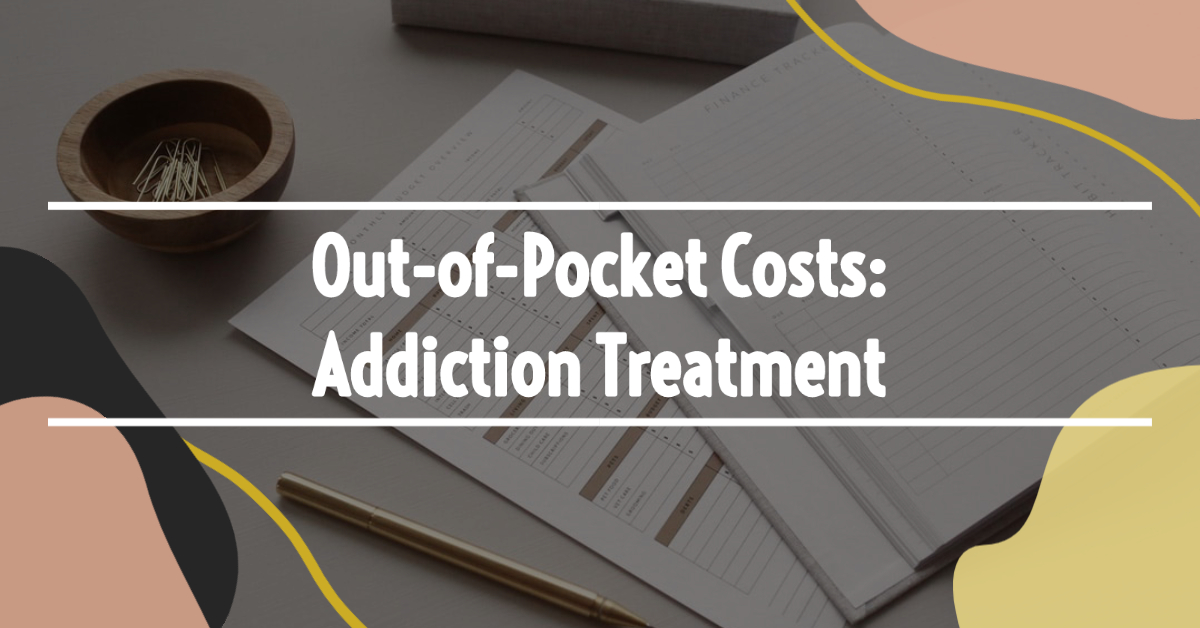When you are looking for a medical insurance policy, you will hear the term “out-of-pocket costs” quite often. These are costs that you’ll have to pay by yourself– from your own individual funds– without the help of insurance coverage.
Based on the metal tier category your policy falls under determines the amount of cost-sharing you’re responsible for. Nevertheless, every policy should cover part of each of the 10 vital health benefits.
If you pay enough in out-of-pocket costs, you can reach your deductible or out-of-pocket maximum, at which point the insurer will begin to pay for medical costs partly or completely. We’ll talk about these 2 vital parts of a health policy later. To learn more about rehab insurance costs, call us to verify your insurance today.
Typical out-of-pocket costs include:
Premiums
If you have medical insurance, every month you will pay a premium to keep your plan active. The regular monthly premium is generally the first cost you pay to keep medical insurance coverage. If you are a low-income earner, you might receive a subsidy (like the premium tax credit) to help in reducing your monthly premium– however, the decreased premium is still an expense you have to pay out of pocket.
Copays
Copayments are fixed prices for a covered medical service. You may pay a copay for a preventive care visit to your primary care physician or a visit to your specialist. Copay rates and what they apply to will vary based on suppliers and plans.
Prescription drugs
The coverage of prescription drugs will vary depending on your health insurance plan. However, a lot of health policies won’t pay for the cost of drugs completely. Some plans might require a copay.
Deductible
After you’ve paid a certain amount in out-of-pocket costs, you will meet your deductible. This is the amount of money you need to spend before your insurance coverage begins to help pay for covered services. If you’re an individual, the yearly deductible for a health policy can be anywhere in between $500 to a couple of thousand dollars.
You may pay more in out-of-pocket costs if a plan has a greater deductible.
Also, not all out-of-pocket costs count towards the insurance deductible. For instance, month-to-month premiums will normally not help you meet the deductible, nor will copays. If you have a $1,000 deductible and require to get surgery that costs $500, you’ll have to cover the expenses yourself. Those expenses will count towards the deductible.
Coinsurance
As soon as your insurance starts after you satisfied your deductible and begins to pay for medical expenses, it still might not cover everything totally. If you have a medical procedure (and currently met your deductible), you may need to pay a portion of the cost– this type of expense sharing is called coinsurance. Normal coinsurance might be 80/20, indicating you may have to pay 20% while insurance covers the remaining 80%. Check your insurance policy to validate your coinsurance amount.
Supplemental medical insurance
You may need to pay more for supplemental health insurance covers health needs that aren’t regularly covered by your primary health insurance plan. This could be protection for dental and vision care as well as more serious medical conditions.
Your out-of-pocket expenses will vary based on the type of medical insurance you get.
HMO: Lower premiums, but no out-of-network protection. You’ll likewise need to pay to see your primary care physician simply to get a referral to see your specialist.
PPO: Higher premiums, but some coverage available out of network. No referrals needed to see your specialist.
EPO: Combines features of HMOs and PPOs by offering specialist visits without recommendations but no out-of-network protection.
Out-of-pocket maximum
While medical insurance is meant to help you cover the expense of medical care, you can see how it is possible to end up spending quite a bit on your own. In an effort to limit this and supply more budget friendly care, the government has actually set a cap on just how much people spend on their own throughout the calendar year if they have health insurance.
Since 2019, the out-of-pocket maximum is $7,900 for individuals and $15,800 for family health plans. This means the medical insurance company can’t force you to invest more than $7,900 if you’re an individual or $15,800 if you’re part of a family plan. Many health plans have limits well below these federally mandated ones.
The out-of-pocket maximum has actually increased to $8,200 for individual policies and $16,400 for family policies in 2020. When open enrollment begins for you, see.
Usually, plans with lower out-of-pocket maximums have greater premiums. This holds true for both plans purchased on the medical insurance marketplace and group health insurance provided by your employer– however insurance coverage from your employer will always be much cheaper than a marketplace policy.







